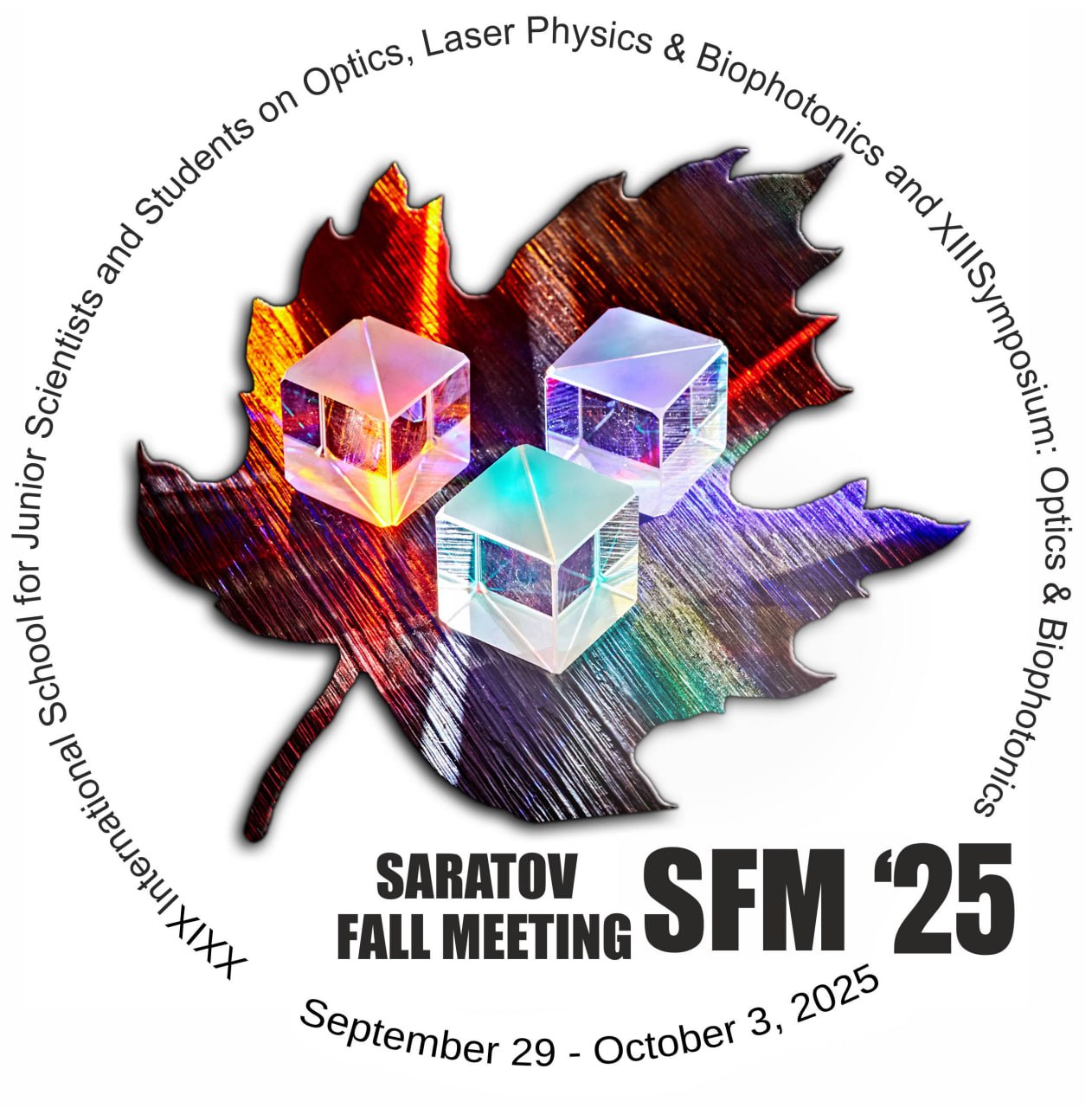ROUND TABLE: Infinity problems in mathematics and physics
Victor V. Rozen 1
Abstract
1. The general theory of infinite sets was created in the last quarter of the 19th century by the German mathematician Georg Cantor. Cantor was the first to understand that there are different types of infinity and proposed a clear logical method for comparing infinities.
2. A set that is equivalent to the set of natural numbers is called countable. It is easy to show that a countable set is the smallest of the infinite sets. Cantor's most important discovery was the proof that uncountable sets exist.
3. Natural scientific approaches to understanding the problems of space and time became possible after Einstein created the general theory of relativity and the relativistic cosmology based on it. At present, it is believed that the Big Bang, which occurred about 13,6 billion years ago, marks the beginning of the physical existence of the Universe (and therefore, at the same time, space and time).
4. The non-Euclidean geometry of real space was the mathematical basis for the general theory of relativity, which serves as the basic theory of modern relativistic cosmology. The question of the geometry of physical space is reduced to determining the sign of its curvature, which, in turn, depends on the ratio of the average and critical density of matter.
Speaker
Victor V. Rozen
Saratov State University
Russia
Discussion
Ask question


